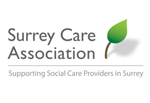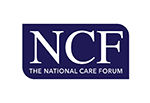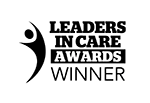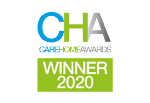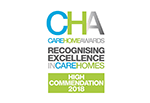Discover how you can understand, identify and reduce potential harassment in your care service

One of the most crucial areas of regulation within the CQC’s single assessment framework is the standards around safeguarding, which includes the regulations around the commitment to protect the rights of people living and working in care so that they are free from bullying, harassment, abuse and discrimination.
Some of the key measures of the CQC’s quality statement for safeguarding are:
- There is a strong understanding of safeguarding and how to take appropriate action
- People are supported to understand safeguarding, what being safe means to them, and how to raise concerns when they don’t feel safe, or they have concerns about the safety of other people.
- People are appropriately supported when they feel unsafe or experience abuse or [in the case of those living in care] neglect.
- Safeguarding systems, processes and practices mean that people’s human rights are upheld, and they are protected from discrimination
- People are supported to understand their rights, including their human rights, under the Equality Act 2010 [and for those living in care, the Mental Capacity Act 2005]
Harassment in the general sense is defined as any unwanted behaviour intended to cause a person harm or distress and happens more than once.
More still, there have been recent updates to the Equality Act 2010, brought about in October 2024, which now says that employers must take reasonable steps to prevent sexual harassment of their employees during the course of their employment.
Being able to identify and eliminate any form of harassment from your care service is one of the cornerstones of providing an inclusive, healthy working environment for your staff. A care home must have clearly defined policies that outline harassment in its different forms and must impart on care staff the understanding of how to identify the signs of harassment, as well as the culture that enables them to feel empowered to report it.
Click here to read more about safeguarding your organisation and employees from workplace harassment.
Training to identify harassment is one of the most important steps a care setting can take to ensure that all staff are aware of their responsibilities in ensuring the workplace is a safe and inclusive environment.
Our learning and development products, for example, offer training to raise awareness in harassment in the workplace and enables staff to learn the skills of how to understand, identify and help to reduce harassment in care settings.
Harassment in the Workplace

This course will help you to recognise harassment and understand what you can do to reduce it. The course content includes subjects that outline what harassment is and how to recognise it, the three types of harassment, how to support someone who is being harassed and how to help reduce harassment in the workplace.
Learning outcomes
-
Identify what harassment is.
-
Identify the different types of harassment.
-
Know how to recognise harassment.
-
Know what to do if you or someone else is being/has been harassed.
-
Understand what you can do to reduce it.
To learn more about the course, just click here
Harassment – Promoting a Safer Workplace

This course aims to provide guidance for those in positions of influence in workplaces to change and promote safety. This is especially important given that now, since October 2024, employers have a duty to prevent sexual harassment of employees (during the course of their employment).
Learning outcomes
- Understand the steps to reducing harassment in the workplace.
- Know how to manage complaints in your workplace.
- Identify the different types of harassment.
- Understand the law and harassment.
- Identify what harassment is.
To learn more about the course, just click here
These are just two of the many training areas available with our learning and development products. To find out more about how Person Centred Software can help to transform the learning culture of your home with its training courses, just click here.




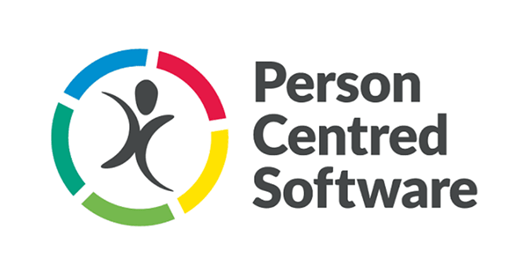
.jpg)

.webp?width=80&height=80&name=HTD%20Awards%202023%20Badge%20(4).webp)


